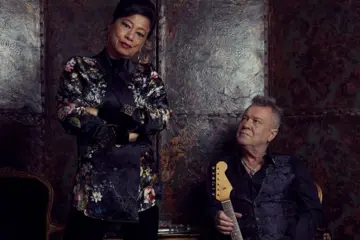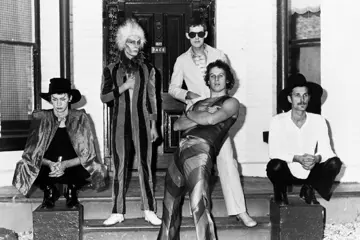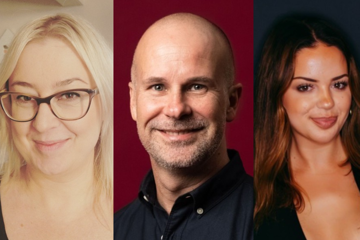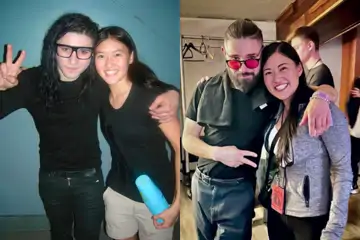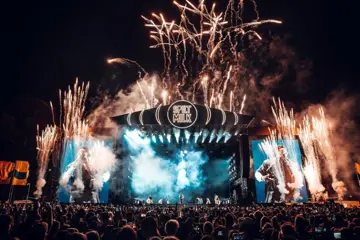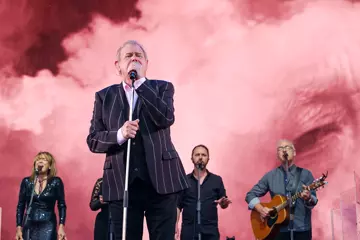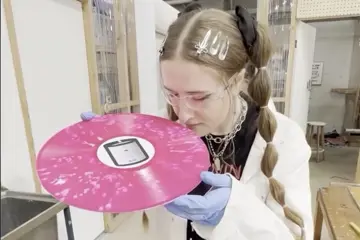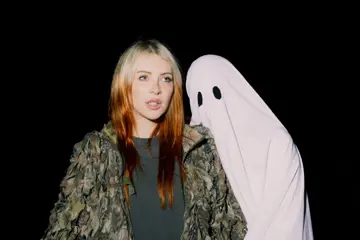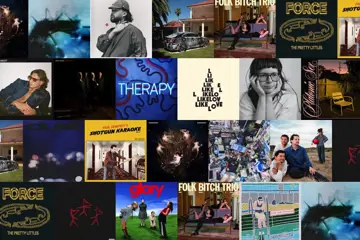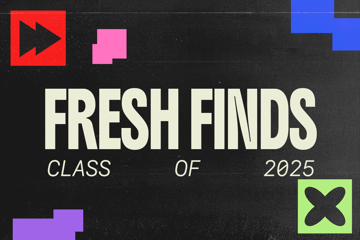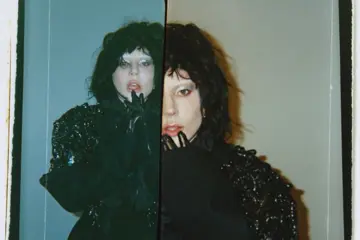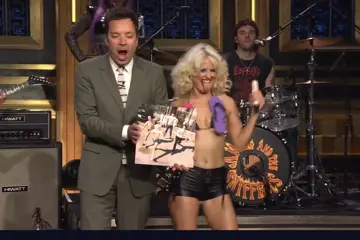First published in 1928, Virginia Woolf's novel Orlando was adapted for stage by Robert Wilson and Darryl Pinckney in 1989; then for film (starring Tilda Swinton) by Sally Potter in 1992; and again for stage by Sarah Ruhl in 2010. The story has enjoyed a long and varied life, much like its eponymous hero, who is born as a nobleman in Queen Elizabeth I's England, changes sex and ceases to age while continuing to live for centuries more.
"In the play and in the book itself Orlando is not genderless ultimately, but even when she turns into a woman for the first time she says, 'Well I don't feel any different, it's just kind of what I am wearing is different...'" Renée Mulder paraphrases. As the designer for an upcoming Sarah Goodes-directed production of Ruhl's adaptation for Sydney Theatre Company, Mulder is hyper-aware of the role clothing plays in Orlando's remarkably long journey. "So Orlando is still Orlando whether she is a male or a female. Orlando doesn't really change as such, it's the time around and the social expectations put upon a woman in the 1600s should we say - how she should behave, what she should be wearing, is thrust upon the character of Orlando.
"Orlando is still Orlando whether she is a male or a female."
"Orlando travels through these periods and she's the one most effected by them so Orlando - played by Jacqui McKenzie - is the character that completely changes physically in what she's wearing whereas the rest of the cast around her are ultimately biographers and storytellers who are in essentially modern-day clothing. We're today, but we're also in the 1500's; Orlando meets the chorus eventually at the end of the show..."
The chorus, made up of Matthew Backer, Luisa Hastings Edge, Garth Holcombe, John Gaden and Anthony Taufa, juggle 16 roles between them, ranging from Euphrosyne to Shakespeare. Coupled with Orlando's century-spanning wardrobe montage this presented a few challenges for Mulder.
"There are also practical limitations that we have, meaning that Jacqui transforms - essentially in front of our eyes - from a male character in the 1500s to a female character living in the 1600s... And corsets tend to take a while to lace up... With the wardrobe department at STC we're engineering garments to include all the boning and corsetry into a garment with press-studs and Velcro so Jacqui can change costumes in such a short amount of time.
"John Gaden for example, plays Queen Elizabeth I, so he needs to get into his Queen Elizabeth I costume - I think his change is about 50 seconds. The story of Orlando the play itself is very fast-paced. Very fluid."
That pace and scope has given Mulder a tremendous amount of freedom when looking for inspiration for design.
"We've been going everywhere with it because there is so much today about gender and what it means, and the whole question of gay marriage and its prevalence when we were designing the show... There's an ice skating theme and we're looking at Torvill & Dean references, everything from David Bowie or Vivian Westwood to Shakespeare," Mulder assembles excerpts from the haphazard list with joy.
"It is a fun show."

